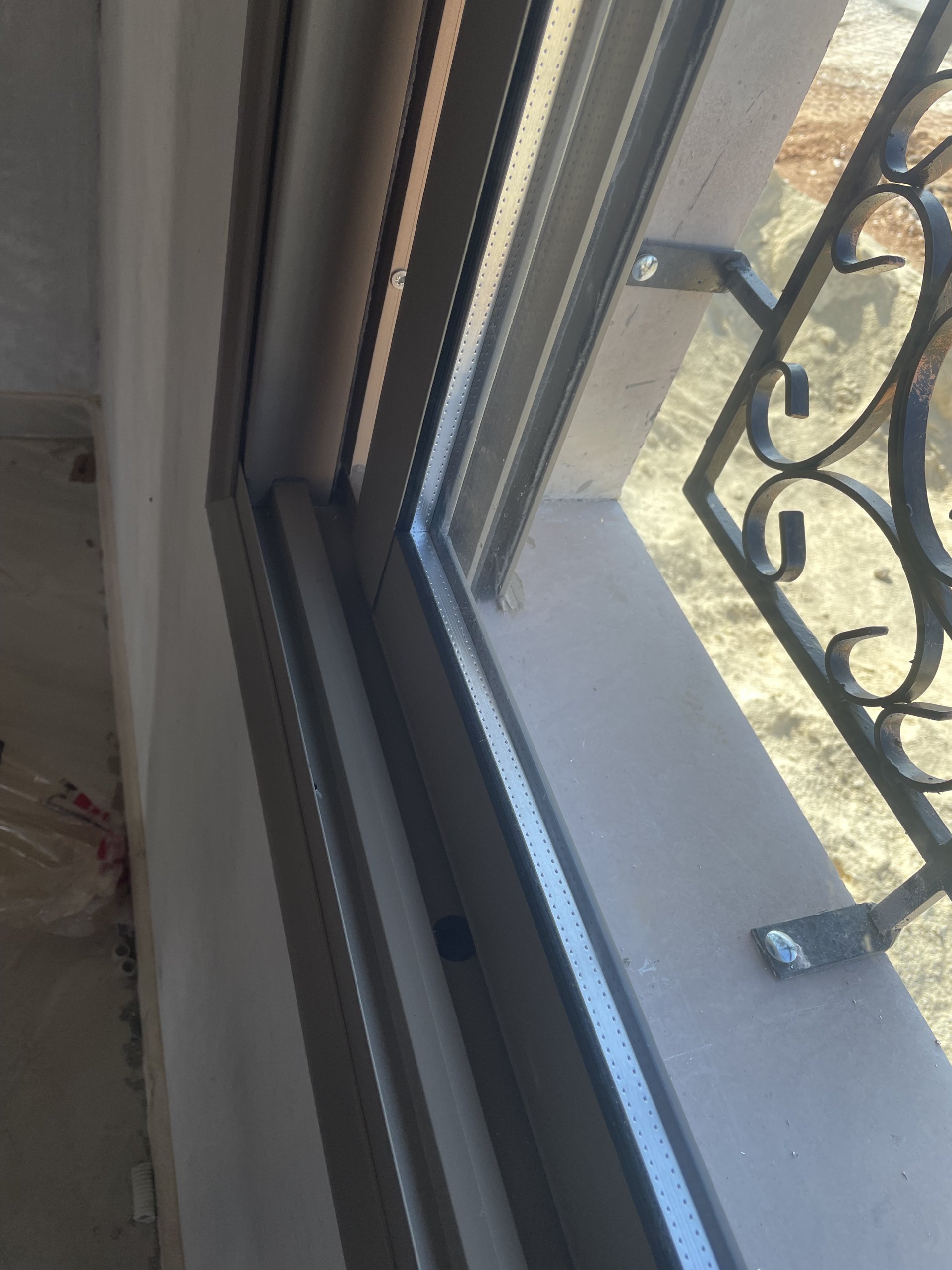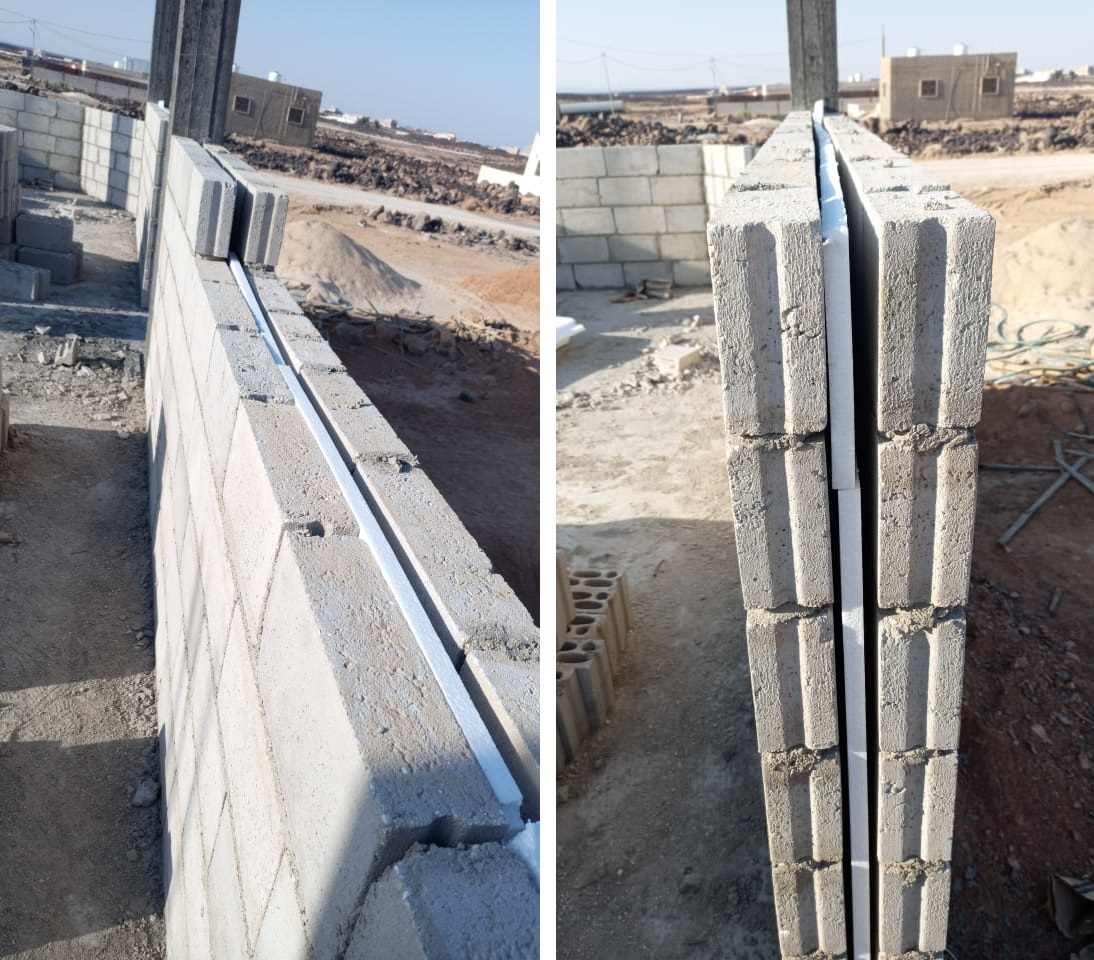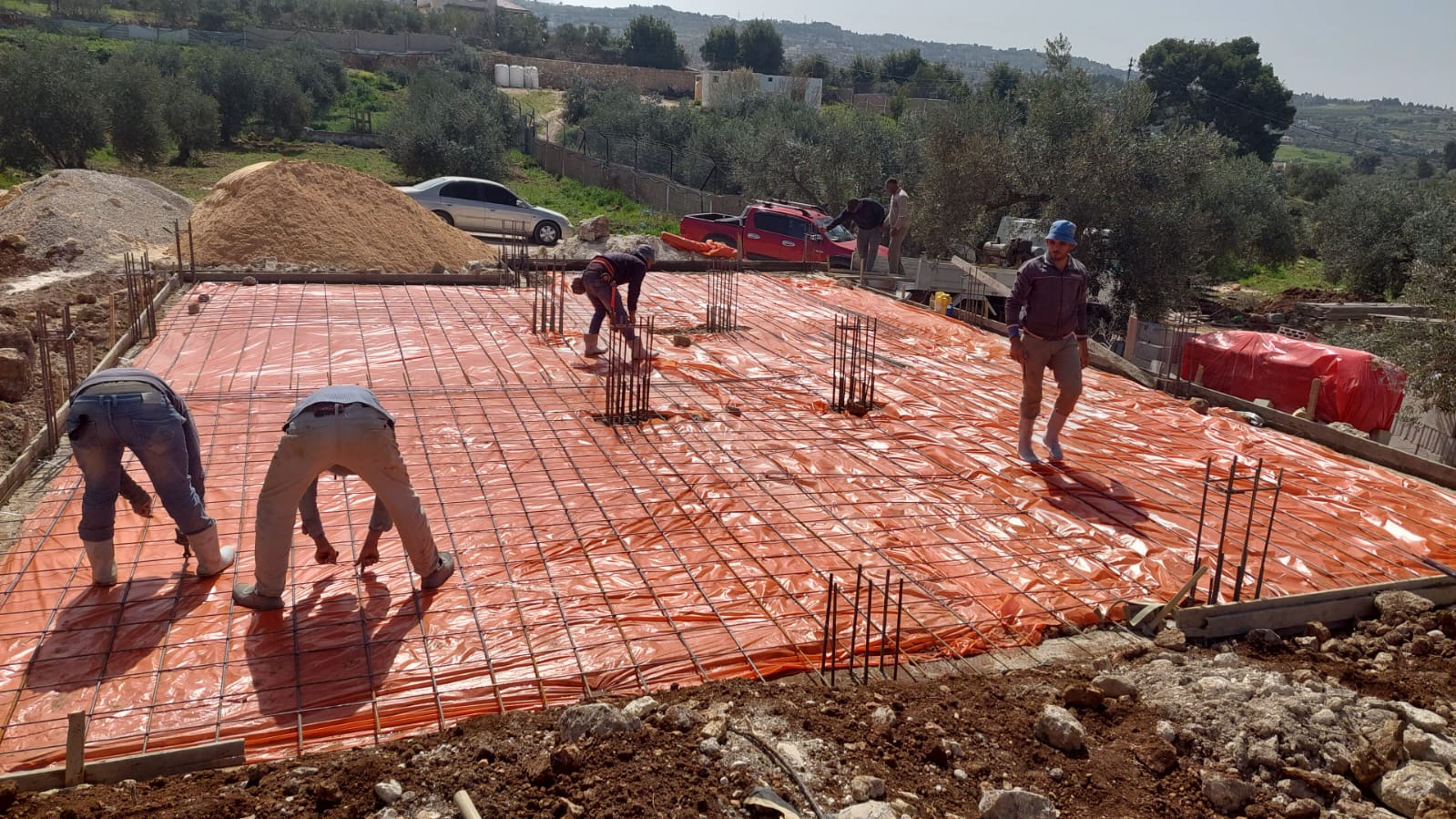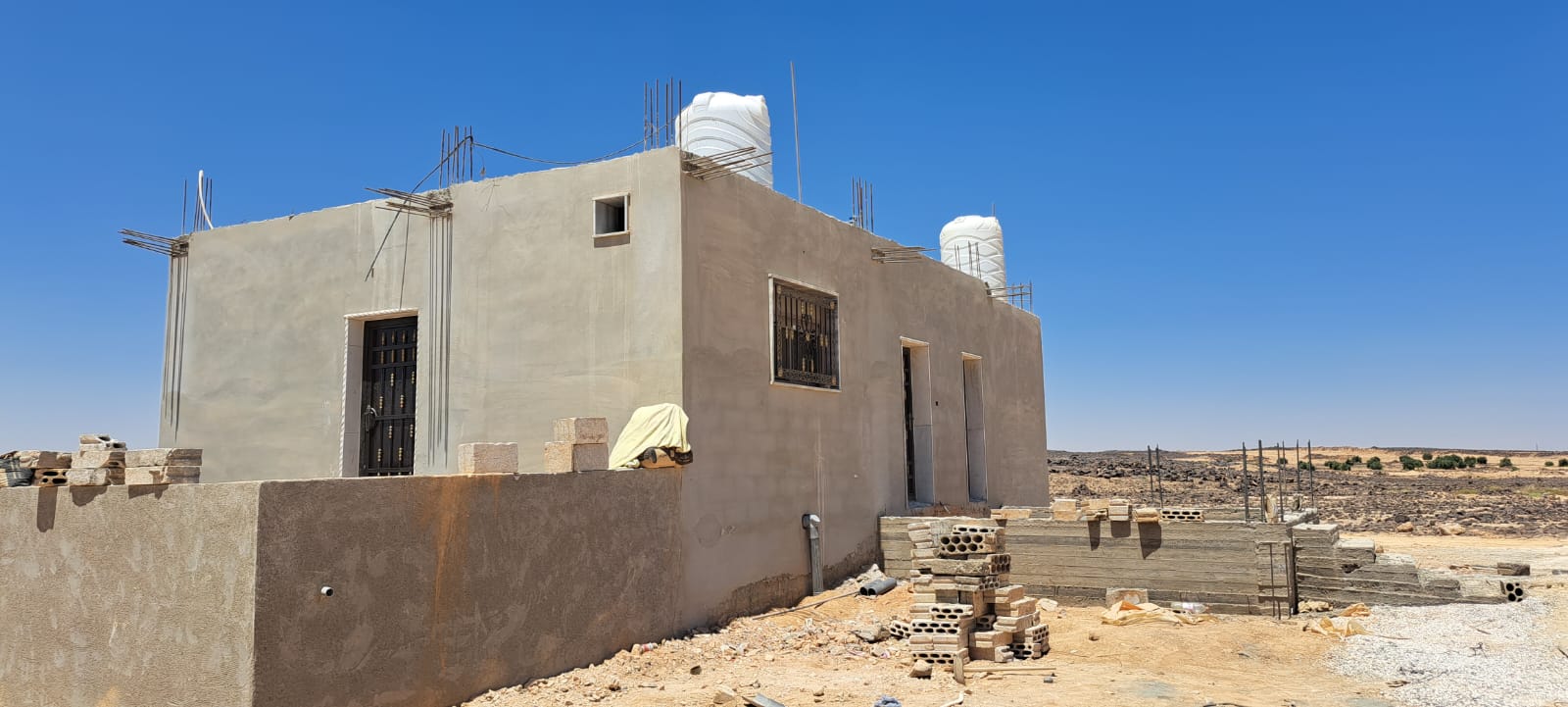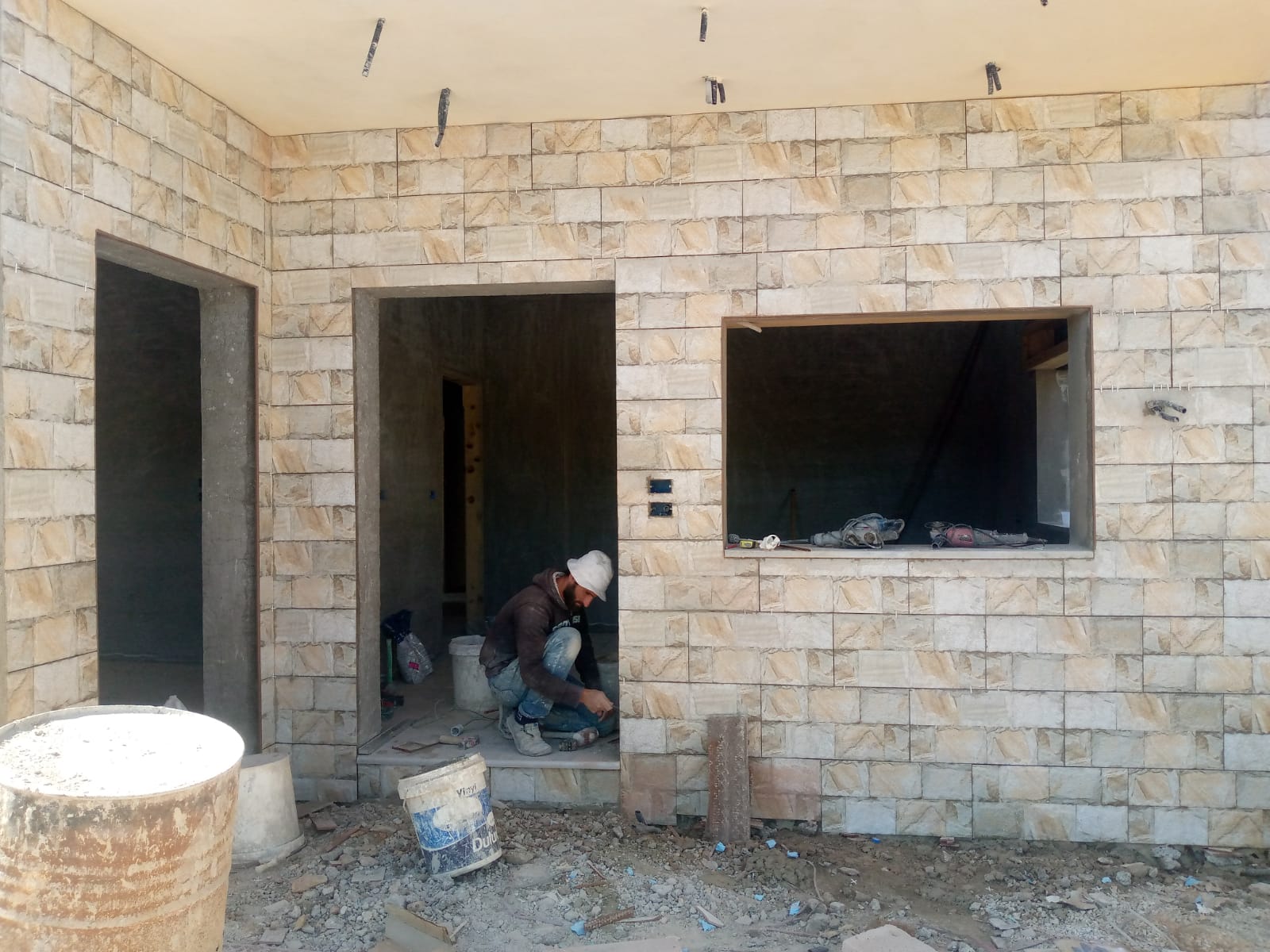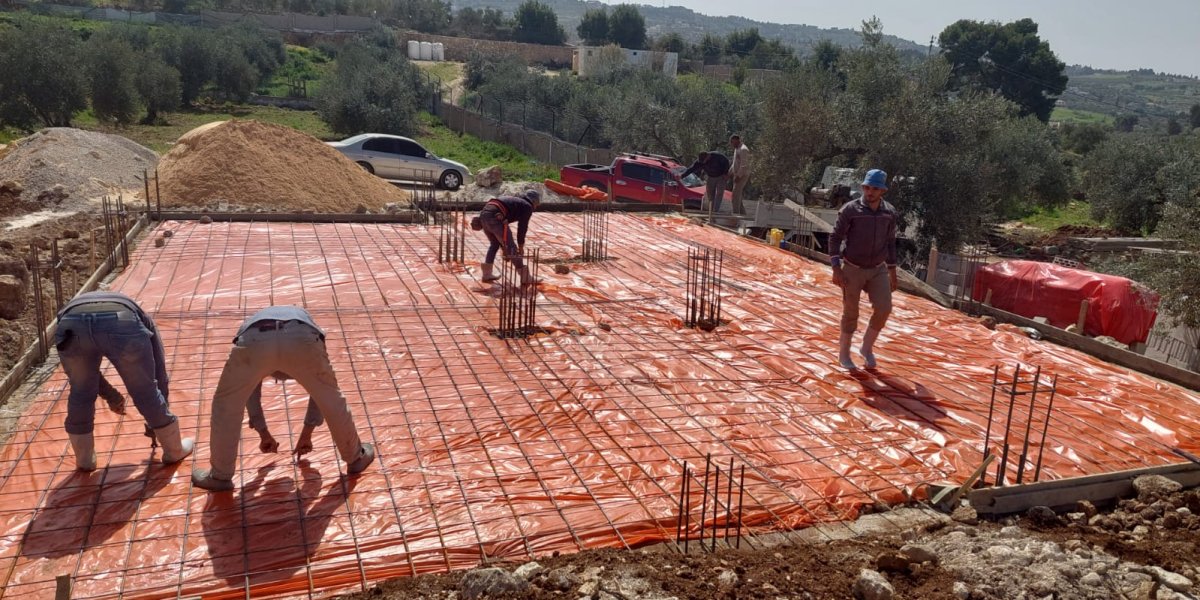

Success Story: Building Climate Resilience and Dignity
Project Title: Promoting Green, Sustainable Households in Low-Income, Vulnerable Households & Communities across Jordan
Project Duration: 2022–2024
Funding Partner: Habitat for Humanity Netherlands
In the face of growing climate challenges, limited affordable housing, and economic vulnerability, Habitat for Humanity Jordan (HFHJ) implemented an ambitious initiative to increase access to safe, dignified, and environmentally friendly shelter for vulnerable households across Jordan. This three-year project focused on addressing housing insecurity, reducing energy and water consumption, and improving household resilience—especially among low-income Jordanians and Syrian refugees.
This project represents a model for integrating green principles into humanitarian shelter programs. It combines technical innovation, community engagement, and compassion to offer more than a roof over people’s heads—it offers restored dignity, safety, and hope.
By investing in both physical infrastructure and human resilience, Habitat for Humanity Jordan and its partners have laid a foundation for a more equitable and sustainable future.
A Shelter, A Fresh Start: Green Home Construction & Rehabilitation
The project delivered two main housing interventions:
- Construction of 6 Green Homes
- Rehabilitation and Green Retrofitting of 42 Existing Homes
These interventions provided a lifeline to 44 families who had long struggled with poor living conditions, overcrowding, and costly utility bills. Rehabilitation work targeted homes in areas such as Mafraq, Irbid, Salt, Azraq, and DerAllah. Each intervention integrated climate-smart and energy-efficient elements such as:
- Thermal and foundation insulation
- Double-glazed windows and double-layer brick walls
- LED lighting systems
- Greywater reuse and rainwater harvesting
- Eco-friendly building materials
These elements not only improved living conditions but also lowered long-term utility costs, creating more sustainable futures for families living in poverty.
Ali Salameh, a beneficiary from DerAllah, shared:
“The father has his own room, the girls have their own room, and the bathroom is separate. In the old house, we all used to sleep in one room and had to wait in line to use the bathroom. This home gave us dignity.”
Impact Through Numbers
The impact of these interventions was measured through surveys and evaluations with families before and after implementation. Highlights include:
- 9% reduction in monthly electricity bills across 28 homes, due to improved insulation and energy-efficient systems.
- 34% reduction in water consumption, attributed to leak repairs, water tank installations, and greywater systems.
- 100% satisfaction rate among surveyed households, with only one request for additional work noted.
- A total of 47 socio-economic assessments ensured that support reached the most in-need families, including female-headed households, persons with disabilities, and elderly residents.
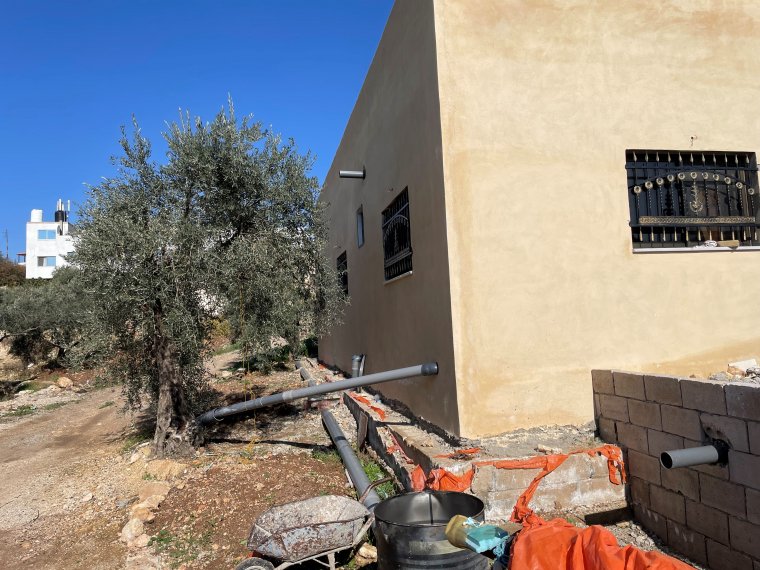
Green Homes That Transform Lives
In addition to home rehabilitation, the project constructed six fully green homes with the help of skilled contractors, local CBOs, and international volunteers. These homes were designed from the ground up using energy-efficient techniques.
Akram Shibly, one of the first green homeowners in Azraq, stated:
“Now I feel like this is truly my home. I can plant what I want, unlike when I was renting and felt like a guest. My mental health has improved a lot.”
The homes were constructed in collaboration with local CBOs, and community members were involved in workshops and field visits to learn about green construction.
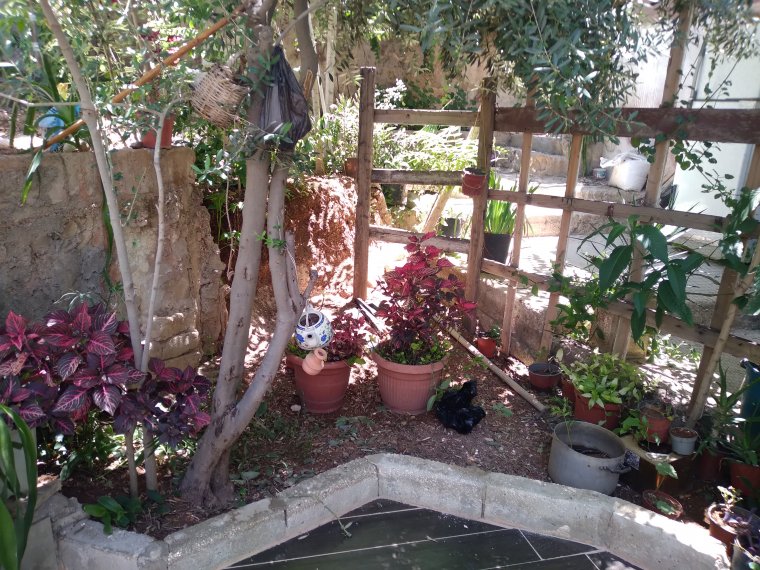
Beyond Shelter: Education, Advocacy, and Engagement
The third pillar of the project focused on community engagement and awareness. HFHJ organized large-scale information and advocacy campaigns to promote the benefits of green housing. These efforts reached an estimated 6,375 people through:
- 3,000 flyers distributed to the public, local authorities, and housing sector actors
- 800 branded notebooks promoting green practices
- 3 interactive sessions at partner CBOs with 75+ participants
- Presentation at the Urban Thinkers Campus 2024, reaching over 1,000 national and international stakeholders
- Community workshops during home construction, demonstrating insulation, waterproofing, and greywater systems
This broad reach fostered a deeper understanding of energy efficiency and climate resilience, positioning green housing as a replicable and scalable model across Jordan.
Global Volunteer Engagement
Two international teams under HFHI’s Global Volunteer Program joined construction efforts in Azraq and Irbid. These volunteers dedicated their time and labor to supporting green home building, reinforcing the value of cross-border solidarity and shared responsibility in tackling the global housing crisis.
Challenges Overcome; Futures Reimagined
The project faced challenges—from inflation and labor availability to utility billing changes. However, by staying community-centered, data-informed, and solutions-focused, HFHJ not only met but exceeded its impact targets.
It also ensured long-term benefits by securing 42 Memorandums of Understanding (MOUs) with landlords, guaranteeing at least 18 months of occupancy for families—an essential measure for stability and dignity.
